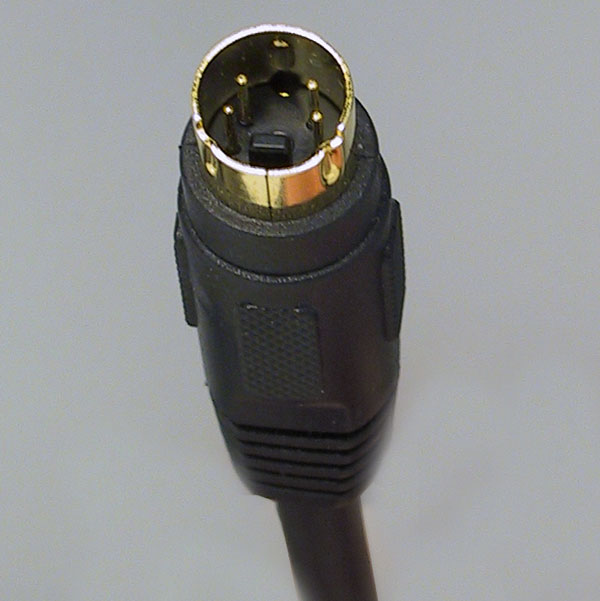How To Choose Cable Connections
S-video cable carries the video signal on two wires, one for luminance (Y) and another for chrominance (C) and thus is sometimes referred to as "YC". It improves picture quality substantially over composite, but will not carry HD or progressive scan signals to the TV.

Component cable carries the video signal over three wires. One wire carries luminance (Y), a second wire carries the blue signal ("B-Y", "Pb", "Cb" are used synonymously) and a third wire carries the red signal ("R-Y", "Pr", "Cr" are used synonymously). The green signal is derived mathematically. Component cable carries an analog signal. Regardless of the whether the output from your cable box or DVD player is digital, it is converted to analog for component connections and the converted back to digital in your TV (if it supports digital). Component cables are the minimum requirement to carry an HD or progressive scan signal to your TV.

DVI stands for Digital Visual Interface. DVI carries a digital video signal. DVI and HDMI carry the same quality video signal, currently the highest quality signal available. DVI or HDMI should always be used when available.

HDMI stands for High Definition Multimedia Interface. In addition to carrying a digital video signal, it also carries a digital audio signal. In addition, HDMI has bandwidth to spare for future upgrades. HDMI and DVI carry the same video signal and adaptors can be used to connect HDMI output to DVI input and vice versa.






